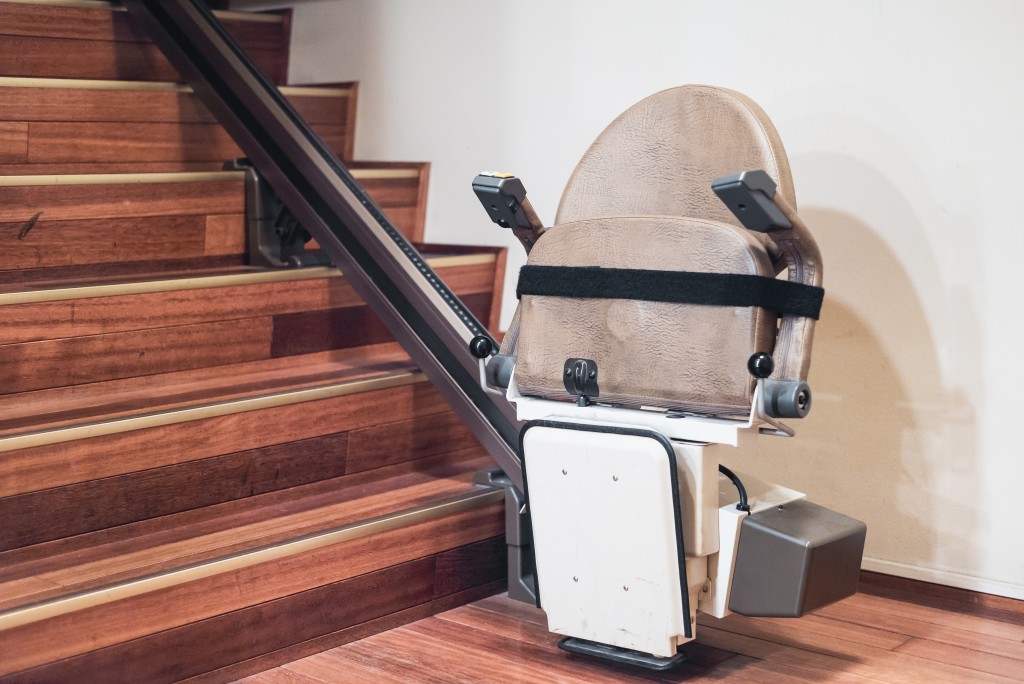In the past, people with compromised mobility, such as happens with age and mobility issues, were confined to the lower floors of buildings. Thanks to the campaigns on their rights, however, buildings started installing wheelchair-accessible ramps that were more comfortable than stairs for those with limited mobility. With the exceptional designs for interior and exterior staircases, however, combining stairways and ramps will affect your design and the functionality of both structures.
A stair contractor will thus often recommend building a ramp and stairs separately to maintain the design you envision. The installation of appropriate rails to boost safety can nonetheless guarantee the use of the stairs by those with mobility issues. This way, people can choose whether to use ramps or stairs with these rails to get to your upper floors. Here are the rail alternatives you have to make your stairs safe and convenient for those with limited mobility.
Grab Rails
Some stair designs only have two steps to get to slightly raised floor sections. Though they seem safe, this short flight of stairs can become a safety hazard for some with limited mobility. You should install grab bars on both sides of the steps to heighten their safety. The rails should be fixed at the approximate length of a person’s wrist when he/she is standing in the first step. Grab rails should also ideally stretch beyond the first and last steps.
Long Handrails

Most staircase rails do not extend beyond the treads. You can opt for handrails that extend beyond the steps to make your stairs handicap-friendly. This is because these offer more support for those using the stairs and are stronger compared to standard rails as they have steady anchor points. The handrails can also be used along the corridors to continue offering optimal support. These rails should be fixed to the walls at not more than 100cm through theirlength to be firmly attached.
Newel Rails
The vertical post on your staircase’s railing is called a newel. Newel rails turn at ninety degrees around these posts. In so doing, they will generate continuous support for your stairs’ users when they turn the corner. There are different sizes and types for newel rails to suit every staircase design.
Mobile Stair Rails
These are securely attached to the wall near a staircase. They are bars that will move you and down as someone ascends or descend the stairs. When weight is applied onto the bar, it will automatically lock onto your standard rail and steady its user. Mobile stair rails can be safely tucked away when not being used so that they do not minimise the functionality of the stairs.
When considering staircase designs, most people, more so those with commercial buildings, will opt for a basic design. They assume this is the only one that can suit the safety needs of those with mobility issues and meet the safety requirements set by the state. With the above rails, even the most intricate of designs will be safe and meet most state building regulations.
